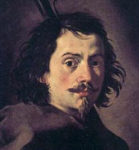
Francesco Borromini (1599 – 1667), a major architect of the Roman Baroque, developed an original style by transforming classical forms with a strong geometric dimension. He designed the church of San Carlo alle Quattro Fontane, a Baroque masterpiece. A rival of Bernini, his career was marked by tensions and melancholy. His influence remained limited in his time, but his work was rediscovered from the 19th century onward.









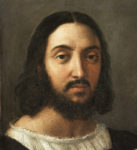
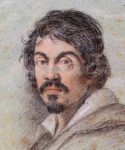
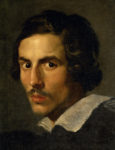
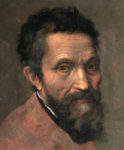

Recents comments